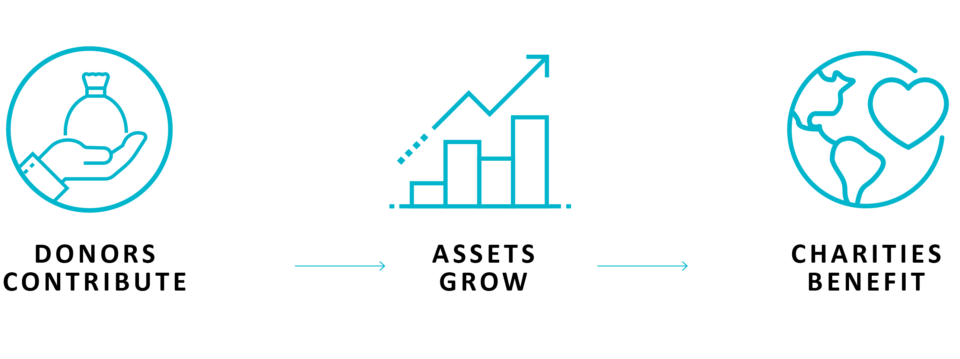
Taxes in Perspective
February 1, 2019
TrustWell’s Quarterly Market Review: Q1 2019
April 1, 2019By Tanner Doudna
Roth conversions can be a powerful tool in the right financial situation as a way to increase someone’s net worth in the long-run. To best understand a Roth conversion, we should take a step back and look at the basics.
First, I must add that we are not CPAs at TrustWell and do not provide tax advice.
When you contribute to a Traditional IRA or 401k, you are making pre-tax contributions. The money you contribute is not taxed as income, rather is tax-deductible. The money in these types of accounts grows tax-deferred meaning you don’t pay taxes until you take the money out. When you decide to take out money from a Traditional IRA or 401k, every dollar you take out counts as taxable income. Once you turn 70½, the IRS requires you to take out an RMD (Required Minimum Distribution) and the amount of “income” you are realizing can be pretty substantial. There are no RMD’s for a Roth IRA.
Roth IRAs and Roth 401ks (also known as after-tax contributions) work differently than the traditional route. The money contributed is not tax-deductible. Your money in these accounts grows tax-free. Assuming you don’t commit any early withdrawal penalties (like 5-year rule or withdrawals before age 59½), money invested in a Roth IRA should never be taxed again.
A Roth conversion is when you “convert” money from a pre-tax account (Traditional IRA or 401k) into a Roth IRA. When you do this, every dollar that is converted counts as taxable income. A reason for doing a Roth conversion may be that you are in a very low tax bracket one year and want to go ahead and take the tax hit remembering that once it’s in a Roth IRA it shouldn’t ever be taxed again.
Roth conversions aren’t right for everyone and should be discussed with a tax professional before taking action. Remember: You can always reach out to your TrustWell advisor if you have a question about them!




